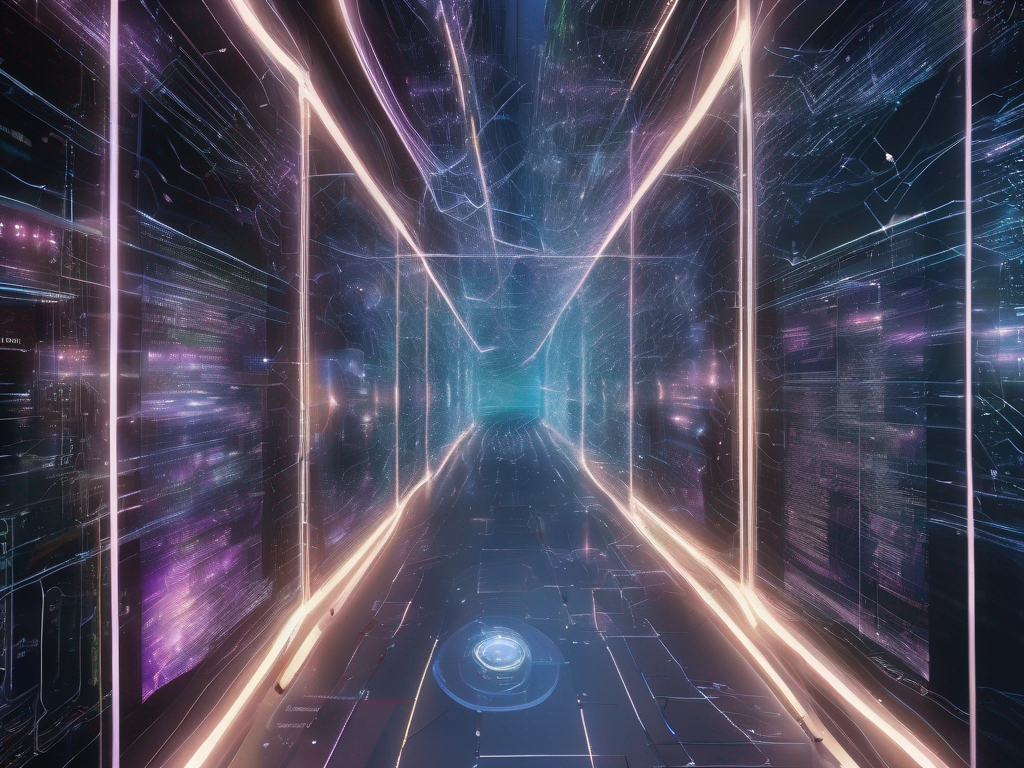OpenAI has officially launched GPT-5 in August 2025, fulfilling industry predictions and delivering the most significant advancement in artificial intelligence since the introduction of large language models. With reports confirmed of a powerful 256K-token context window and breakthrough reasoning capabilities, GPT-5 represents a quantum leap that could redefine AI applications across industries and accelerate the development of advanced autonomous systems.
Revolutionary Context and Reasoning Capabilities
GPT-5's most striking feature is its unprecedented 256K-token context window, enabling the processing of extensive documents, lengthy transcripts, or large datasets in a single interaction. This represents a significant leap from GPT-4's limitations, positioning GPT-5 as a true agentic system capable of troubleshooting, planning, and executing multi-step tasks autonomously.
The model demonstrates significant enhancements in reasoning and agency, allowing it to handle tasks with human-like coherence over extended contexts. Early testing reveals GPT-5 can maintain complex logical threads across vast amounts of information while making sophisticated inferences and connections.
Benchmark Performance Breakthroughs
Early benchmark results indicate GPT-5 has achieved remarkable performance levels:
- MMLU Saturation: Nearing 95% on the Massive Multitask Language Understanding benchmark
- GSM-8K Excellence: Over 90% accuracy on mathematical reasoning tasks
- Advanced Problem Solving: Substantial gains on challenging mathematical and logical problems
- Multimodal Proficiency: Enhanced handling of images, videos, and real-time data streams
These improvements position GPT-5 as potentially indispensable for developers and businesses requiring sophisticated AI reasoning capabilities.
Agentic AI and Autonomous Capabilities
Unlike previous models that primarily responded to user prompts, GPT-5 operates as a truly agentic system capable of:
- Independent Task Initiation: Starting and managing complex workflows autonomously
- Multi-step Planning: Breaking down complex objectives into actionable steps
- Real-time Adaptation: Adjusting strategies based on changing conditions
- Cross-domain Integration: Working seamlessly across different types of tasks and data
The integration of advanced reasoning capabilities creates a unified system that's not just smarter but more versatile across modalities.
Industry Impact and Competitive Positioning
GPT-5's launch positions OpenAI significantly ahead in the AI landscape, potentially reclaiming dominance after rivals like Anthropic made recent strides. The model outperforms competitors in:
- Software Engineering: Enhanced code generation and debugging capabilities
- Agent-style Planning: Superior workflow management and task coordination
- Enterprise Integration: Seamless compatibility with business systems and processes
- Ethical AI Implementation: Advanced safety standards and responsible deployment
Enhanced Integration and User Experience
Building on recent ChatGPT developments, GPT-5 offers improved integration capabilities:
- Multi-platform Compatibility: Works across diverse software environments
- API Enhancement: More robust and flexible development interfaces
- Real-time Processing: Faster response times for complex queries
- Scalable Deployment: Enterprise-ready infrastructure and support
Microsoft Integration and Accessibility
Microsoft has integrated GPT-5 into its suite of products, making it freely accessible to Windows 11 users through Microsoft Copilot. This integration extends across platforms including Bing, Edge, Outlook, GitHub, and Visual Studio, offering users enhanced AI capabilities without additional cost.
Strategic Business Applications
Early adopters report significant advantages in multiple sectors:
Financial Services: Advanced risk analysis and automated decision-making Healthcare: Complex diagnostic reasoning and treatment planning Creative Industries: Enhanced content generation and creative collaboration Research and Development: Accelerated innovation and hypothesis testing
Technical Architecture and Innovation
GPT-5 represents a convergence of multiple technological advances:
- Advanced Neural Architecture: Optimized for reasoning and long-context understanding
- Multimodal Integration: Native support for text, images, audio, and video
- Efficient Processing: Improved computational efficiency despite increased capabilities
- Safety Mechanisms: Enhanced guardrails and ethical AI implementation
Addressing Previous Limitations
GPT-5 specifically addresses key limitations of earlier models:
- Context Limitation: 256K tokens representing a substantial increase from previous limits
- Reasoning Depth: Enhanced logical processing and inference capabilities
- Consistency: More reliable performance across extended interactions
- Domain Expertise: Improved specialized knowledge application
User Reception and Market Response
Despite technological advancements, GPT-5's launch has received mixed reactions from users. Some have expressed concerns about performance inconsistencies and functionality changes compared to previous versions. Notable limitations include a 200-message weekly cap for "GPT-5 Thinking" features, which some Plus users feel restricts usability.
Future Implications and Development
OpenAI continues to indicate ongoing improvements, with the company working on:
- Expanded Geographic Availability: Broader international deployment
- Reduced Human Oversight: Increased autonomous capabilities with maintained safety
- Integration Enhancements: Deeper compatibility with existing systems
- Performance Optimization: Continued speed and efficiency improvements
Challenges and Considerations
Despite its revolutionary capabilities, GPT-5 deployment involves considerations:
- Computational Costs: High resource requirements for operation
- Regulatory Compliance: Navigating evolving AI governance frameworks
- Ethical Deployment: Ensuring responsible use across applications
- User Adaptation: Managing expectations and transition from existing AI systems
Competitive Response and Market Dynamics
GPT-5's launch is expected to trigger significant competitive responses:
- Industry Standard Setting: Establishing new benchmarks for AI capabilities
- Innovation Acceleration: Spurring rapid advancement across the AI sector
- Market Consolidation: Potential reshaping of AI provider landscape
- Investment Flows: Directing capital toward advanced AI development
The release of GPT-5 marks not just an incremental improvement in AI capabilities, but a fundamental shift toward AI systems that can truly think, reason, and act autonomously across complex domains. With its 256K token context window and enhanced reasoning capabilities, this breakthrough promises to accelerate AI adoption across industries and bring us significantly closer to artificial general intelligence.
Ready to implement these insights?
Let's discuss how these strategies can be applied to your specific business challenges.
You might also like
More insights from AI Technology
